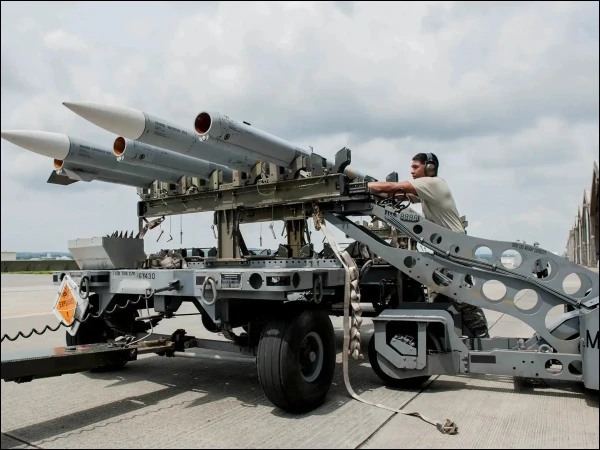According to a recent report by the American magazine Bloomberg, the Pakistan Air Force successfully targeted Indian warplanes from a distance of more than 100 miles using the modern Chinese-made PL-15 missile. During this operation, the Pakistani aircraft did not face any threat of retaliation.
This successful experiment highlighted the importance of long-range air weapons not only in the region but also globally. After this, the US military was forced to immediately adopt a new strategy to maintain its air superiority.
A Pentagon report said that the Chinese Air Force had put the PL-17 into practical operation in 2023. This missile is a modern version of the PL-15, which is capable of hitting its targets up to 400 kilometers, or about 248 miles.
This successful operation by Pakistan changed the balance of air power in the region. In response, the US Air Force and Navy have requested $1 billion in funding in fiscal year 2026 to accelerate work on Lockheed Martin’s secretive “EIM-260” project.
The EIM-260, also known as the “Joint Advanced Tactical Missile,” is designed specifically for the internal weapons bays of the F-22 and F-35 aircraft. It is also planned to integrate it with the F-16, F-15 and drone fighters in the future.
According to the US Air Force, the successful use of Pakistan’s PL-15 has shown that new threats challenging US air superiority have now become real. To deal with these threats, the development of a modern and more effective missile is indispensable.
The documents show that the US Air Force has requested $368 million and an additional $300 million for the development of the missile, while the Navy has requested $301 million. The new missile will replace the current AIM-120 AMRAAM, which has been in service since 1993.
More than $350 million has been spent on the project so far, with Lockheed Martin awarded development responsibility in August 2017.
